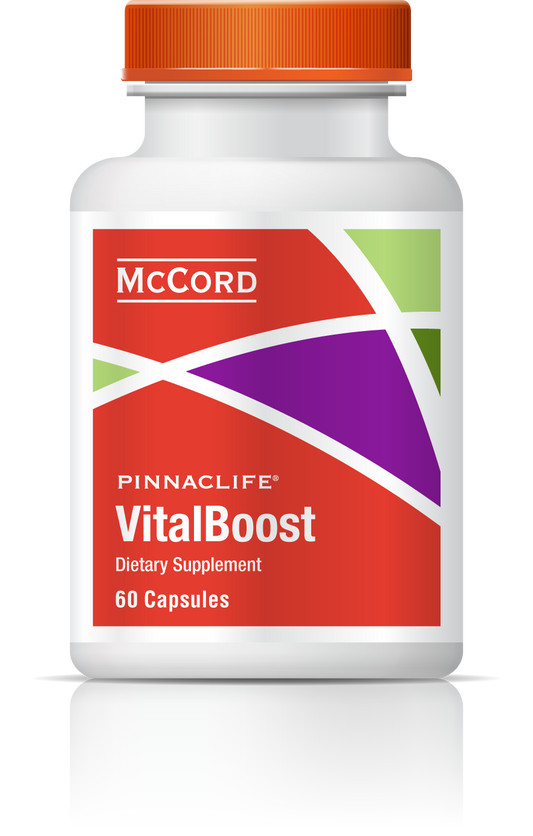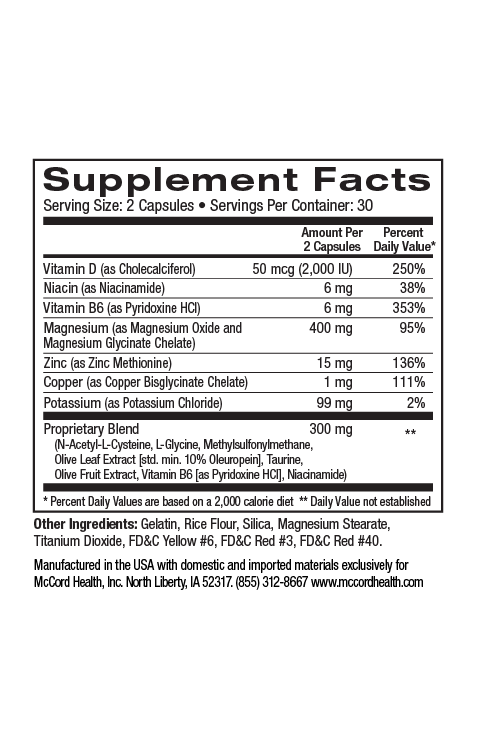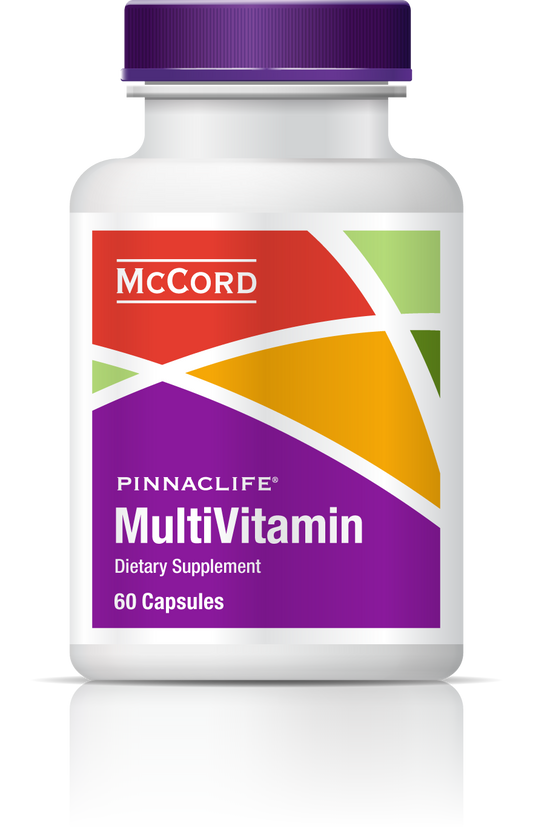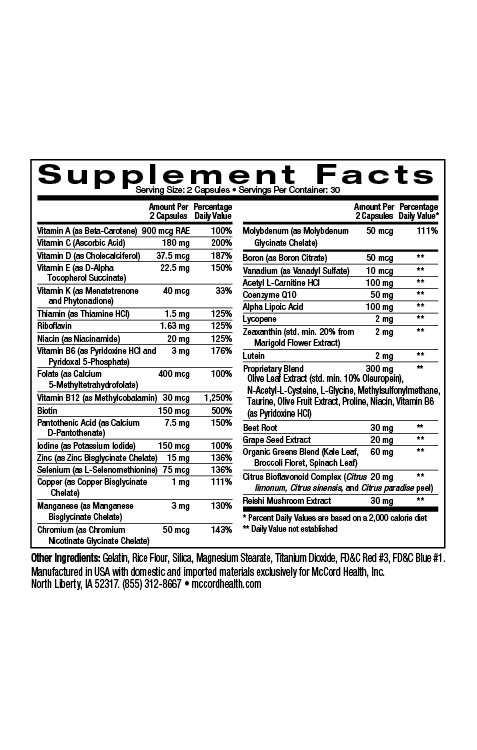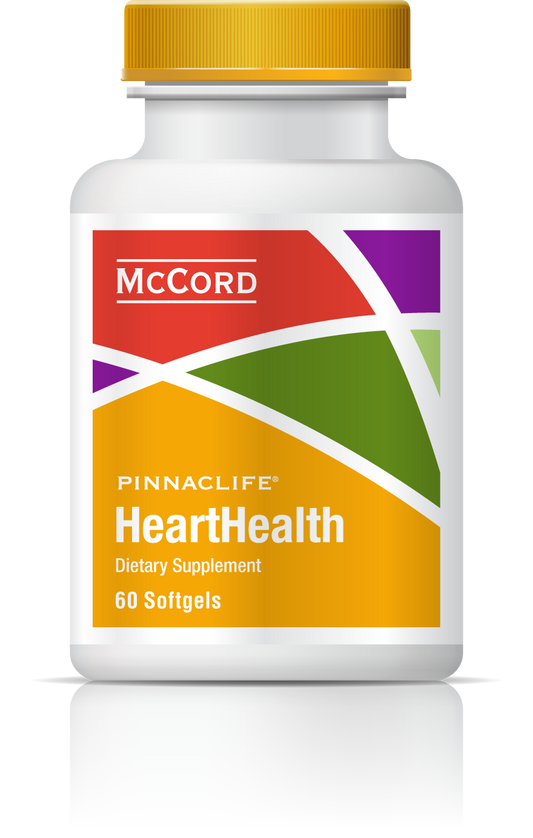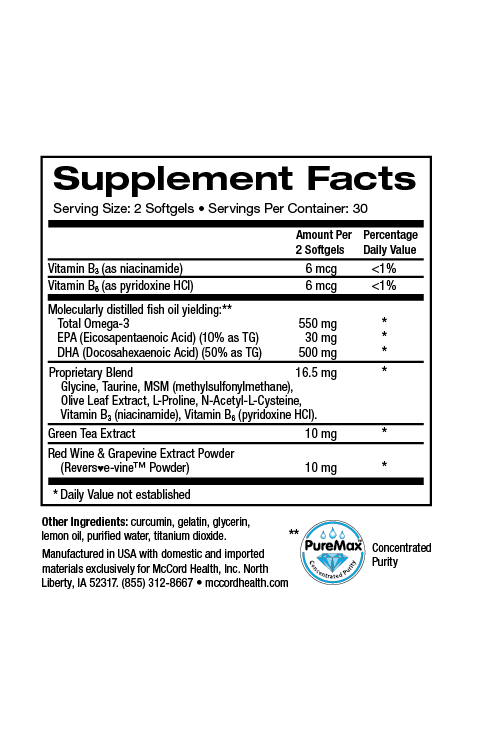Daily recommended intake of Vitamin D is based on miscalculations in the original research, contributing to an increase in deficiency and related health issues. Corrections to the calculations indicate the RDA of Vitamin D should be increased to avoid health consequences of inadequate daily intake and deficiency.
- Vitamin D deficiency is increasingly common
- New Vitamin D research shows that the recommended daily value was miscalculated
- Corrected calculations suggest 100% daily value for Vitamin D should be 10x higher
- Vitamin D blood levels above 30 ng/mL are sufficient for osteoporosis but other benefits for immune health, cancer, heart disease and more aren't seen until at least 50 ng/mL
- There's a good chance you need more Vitamin D
Tell me More!
Vitamin D Deficiency on the Rise
Vitamin D has been getting a lot of media attention over the past years especially as more people find out they are clinically Vitamin D deficient. Despite the increased awareness, millions struggle to raise their Vitamin D levels high enough to lower their risk factors and experience the health benefits.
Using the current definitions of "sufficient blood levels," more than 75% of the U.S. adolescents and adults would be classified as Vitamin D insufficient or deficient.3 However, as you're about to learn, those numbers may be even higher due to miscalculations about how much Vitamin D is needed for optimum health.
Defining the Vitamin D Recommended Daily Allowance
Currently, a number called the Recommended Daily Allowance (RDA), also sometimes referred to as 100% Daily Value (DV), is used to help determine how much of a nutrient a healthy person needs to consume every day to avoid becoming deficient. Think of the RDA like the minimum monthly payment on a loan. As long as you make your minimum payments, you will not default on the loan.
The RDA is defined as the daily nutrient intake sufficient for at least 97.5% of the average healthy 25 year old 5'9" 145 lb Caucasian males to avoid becoming deficient. In the case of Vitamin D, blood levels:
- Below 20 ng/mL are considered deficient
- Between 21-29 ng/mL are classified as insufficient
- Above 30 ng/mL are considered (by some) to be adequate.
So in the case of Vitamin D, the current RDA of 20 mcg (800 IU) is thought to be a sufficient amount to keep the blood levels of Vitamin D (25-OH Vitamin D) in 97.5% of healthy males, as defined earlier, above 20 ng/mL.1,2
As a point of reference, people generally do not experience toxicity until blood levels exceed 150 ng/mL.3
Why is Deficiency Becoming More Common?
There has been a lot of recent attention paid to the RDA of Vitamin D with many researchers and healthcare providers believing the number needs to be much higher.4–6 A primary reason for this is because while it is relatively easy to obtain 20 mcg (800 IU) of Vitamin D every day there are still an alarming number of people clinically deficient in Vitamin D. That is to say, a large number of people have been faithfully making their required payments on their loans, yet finding out that they have not made any progress in paying off their debt.
Even more troubling, Vitamin D deficiency is becoming more common with fewer people having blood levels considered to be adequate (above 30 ng/mL).
However, more research is suggesting that the cutoff level for sufficiency needs to be raised due to studies showing that many of the most beneficial qualities of Vitamin D are not realized until blood levels get above 40 ng/mL.3 If we used 40 ng/mL as a cutoff point for deficiency, many more people would be classified as deficient in Vitamin D.
Vitamin D data from the National Health and Nutrition Examination Survey (NHANES)
| 1988-1994 | 2001-2004 | |
| Average 25 (OH)D level (ng/mL) | 30 | 24 |
| % of population with severe deficiency (less than 10 ng/mL) |
2% | 6% |
| % of population with clinical deficiency (less than 20 ng/mL) | 22% | 36% |
| % of population with "sufficient" levels (above 30 ng/mL) | 45% | 23% |
Is the Current RDA Adequate to Prevent Deficiencies?
In 2014 researchers from the University of Alberta looked into the original studies that were used by the Institute of Medicine (IOM) to determine the current RDA of Vitamin D. They went back to the original studies and data sets, reworking the math and statistics and came to a surprising conclusion: the original math was wrong!
Using the exact same data with correct calculations, the investigators determined that the RDA should actually be closer to 8,900 IU (222 mcg) every day – more than 10 times the 800 IU (20 mcg) RDA suggested by the IOM.1 This is similar to our loan example of the bank calculating a minimum monthly payment of $200 instead of $2,000.
A follow-up letter from researchers at the University of Creighton and University of California, San Diego reported similar findings using data from different studies. Their data suggested an RDA of 3875 IU (97 mcg) was needed to get 97.5% of healthy people above 20 ng/mL.2 They note that while this number is quite a bit lower than the 8,900 IU (222 mcg) suggested by the Alberta researchers, their calculations are still suggesting an approximate 10-fold increase of the current RDA provided by the IOM.
The authors all concluded that the RDA at the time of the study - set at 600 IU (15 mcg) - was based on miscalculations and should be increased by approximately 10-fold. Combining their findings with those of the Alberta researchers, they concluded that 7,000 IU (175 mcg) is likely an appropriate RDA for Vitamin D (all sources combined). Meeting this RDA would correct deficiencies in the majority of the population without significant risk for negative side effects.2
How Much Vitamin D do you get from your Diet?
Generally for every 2.5 mcg (100 IU) of Vitamin D you supplement, your blood levels will rise by about 0.6 - 1.0 ng/mL. This means if you have a blood level of 20 ng/mL and want to raise it to 50 ng/mL, you would need to take approximately 75 - 125 mcg (3,000 – 5,000 IU) of Vitamin D. As a point of reference, an 8 oz. serving of milk contains about 2.5 mcg (100 IU) of vitamin D, so you would need to drink an impractical and unhealthy 30-50 glasses of milk every day to get 75 - 125 mcg (3,000 – 5,000 IU) of Vitamin D.
Vitamin D from the Sun
You get approximately 75 mcg (3,000 IU) of Vitamin D from having your arms and legs exposed to sunlight for about half the amount of time needed to cause slight redness (erythema). In comparison, if you were in a bathing suit and in the summer sun for long enough to start showing a little redness (but not burning), you would get about 500 mcg (20,000 IU) of vitamin D.5 Unfortunately, while sunblocks and sunscreens prevent sunburns and possibly skin cancers they also lower the production of Vitamin D in the skin by blocking the required ultraviolet light.
Vitamin D from Supplements
At McCord Research, we understand how important Vitamin D is for all aspects of healthy living. We understand that most people are not getting adequate Vitamin D from sunlight or dietary sources. This is one of many reasons why we use Vitamin D in several of our supplements. The highest dose comes in the Olivamine VitalBoost with 50 mcg (2000 IU) per serving. Olivamine MultiVitamin provides 37.5 mcg (1500 IU) per serving, and SleepHealth, CalmMind, EnergyBoost, BrainHealth, and JointHealth each provide 15 mcg (600 IU) of Vitamin D3 per serving. The combined daily dose of Vitamin D3 across the entire Olivamine supplement line is 162.5 mcg (6,500 IU). According to research, this should be a safe and effective dose for almost every adult with appropriate monitoring.
Though it is rare, it is possible to get too much Vitamin D from dietary supplements. This is why it is important for you to work directly with your health care provider to determine an appropriate daily dose to get your blood levels to an adequate level to meet your needs. Pinnaclife Olivamine Supplements are a great choice to help you pay off your Vitamin D debt, and start living a healthier life.
References
- Veugelers PJ, Ekwaru JP. A statistical error in the estimation of the recommended dietary allowance for vitamin D. Nutrients. 2014;6(10):4472–5.
- Heaney R, Garland C, Baggerly C, French C, Gorham E. Letter to Veugelers, P.J. and Ekwaru, J.P., A Statistical Error in the Estimation of the Recommended Dietary Allowance for Vitamin D. Nutrients 2014, 6, 4472-4475; doi:10.3390/nu6104472. Nutrients. 2015;7(3):1688–90.
- Ginde AA, Liu MC, Camargo CA. Demographic Differences and Trends of Vitamin D Insufficiency in the US Population 1988-2004. Arch Intern Med. 2009;169(6):626–632.
- Holick MF. High prevalence of vitamin D inadequacy and implications for health. Mayo Clin Proc Mayo Clin. 2006;81(3):353–373.
- Wacker M, Holick MF. Sunlight and Vitamin D: A global perspective for health. Dermatoendocrinol. 2013;5(1):51–108.
- Wacker M, Holick MF. Vitamin D - effects on skeletal and extraskeletal health and the need for supplementation. Nutrients. 2013;5(1):111–48.
Disclaimer: These statements have not been reviewed by the FDA. These products are dietary supplements and are not intended to treat, cure, or prevent any disease. The decision to use these products should be discussed with a trusted healthcare provider. The authors and the publisher of this work have made every effort to use sources believed to be reliable to provide information that is accurate and compatible with the standards generally accepted at the time of publication. The authors and the publisher shall not be liable for any special, consequential, or exemplary damages resulting, in whole or in part, from the readers’ use of, or reliance on, the information contained in this article. The publisher has no responsibility for the persistence or accuracy of URLs for external or third party Internet websites referred to in this publication and does not guarantee that any content on such websites is, or will remain, accurate or appropriate.

